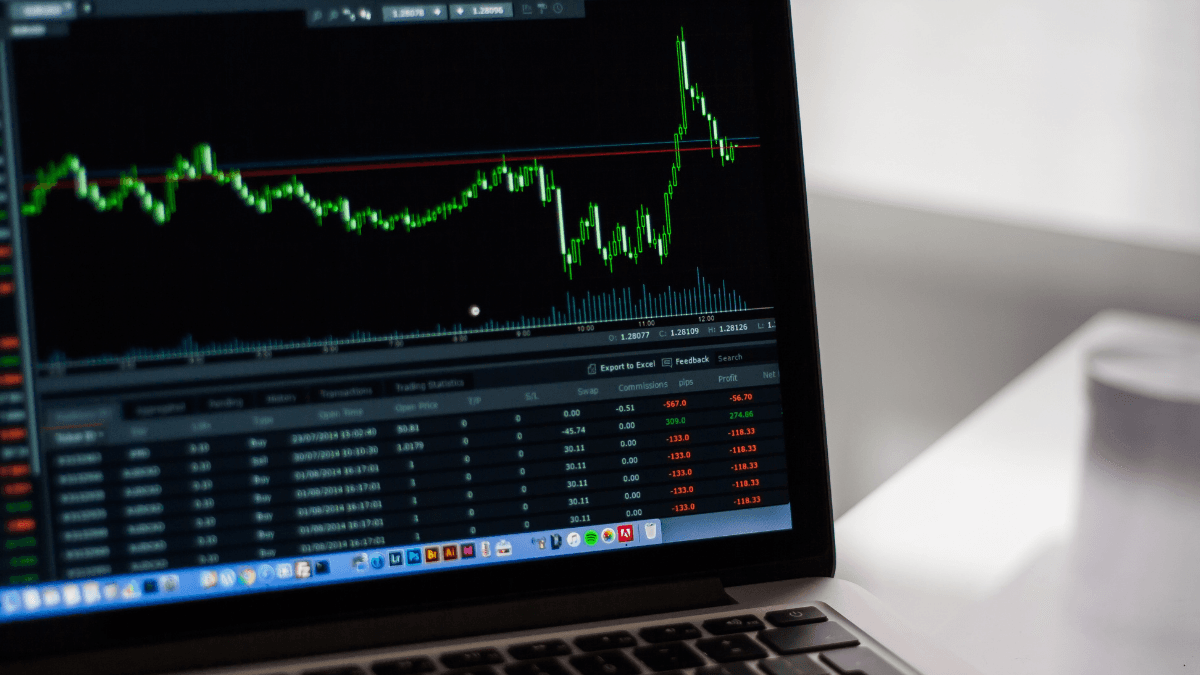Volatility is a broad term, used loosely by many in the financial world. Sometimes it relates to price movements, while at other times, it is synonymous with risk.
The stock market can be a tumultuous place, with wide-ranging annual, quarterly and even daily swings across all industries.
Although this volatility can present significant investment risks, for some investors, it can also generate solid returns. Even when markets are turbulent, crash, or surge, there can be opportunity for those who keep watch.
What is stock market volatility?
Volatility is a term used to describe fluctuations in the market, which may refer to factors like stock prices, the volume of trading or the number of investors participating in the market. Most commonly, it refers to how much an asset’s price shifts over a period of time, serving as an indicator of its stability and risk. Usually, the higher an asset’s volatility, the riskier it is considered. However, risk is also determined by other factors.
Volatility is caused by various factors such as unexpected economic conditions, interest rate decisions, geopolitical factors, and even earnings reports. However, while these factors can cause sudden price changes, they are not the only consideration that makes an asset volatile. To be considered an asset of high volatility, it generally has to display a broad movement in prices over a long period of time.
What can volatility mean for investors?
For short-term investors, volatility may be considered an opportunity. Quick and erratic price movements serve as a breeding ground for quick profits, provided they can “predict” the direction in which the price will move; a highly risky strategy.
Long-term investors, on the other hand, equate volatility with risk, and with good reason. If you are investing for the long term, the ideal situation is to have a steady incline in growth with a minimum drawdown. Hence, in theory, the less volatile an asset, the less likely it is to show a sudden drop in price.
This is why volatility should be factored in when determining an investment strategy. If the aim is for steady, low-risk growth, it is more beneficial to look for assets which are less volatile. However, for those with a higher risk appetite, high volatility may be more attractive.
Can volatility be predicted or tracked?
There are various ways to track and predict volatility. While tracking can be done to precision, predicting volatility is not an exact science.
One of the most common metrics used for tracking volatility is Moving Averages (MAs). MAs is a trend following indicator that measures the direction of a price. It is also used to measure the average movement of the market for the estimated period of time.
Predicting volatility is not a pure mathematical process, since it involves trying to determine an asset’s future movements. The VIX as it is commonly known as, measures the implied volatility of the S&P 500, by averaging the weighted prices of a number of put and call options that investors are prepared to pay and the strike prices they choose, so as to indicate how much and how quick they think the index will move over the next 30 days.The S&P 500 is chosen because it represents 80 per cent of the total market value of U.S. equities. The result is a fairly accurate estimate of where the market is believed to be heading, however, it cannot serve as a guarantee.
Is it possible to profit from volatility?
There are various ways in which investors can profit from volatility. However, these also come with a risk factor. Higher volatility means larger price movements, which, in turn, could be translated into profit, assuming the investor picks the right direction for the trade. If they don’t, they run the risk of losing larger sums than they would with a less volatile asset.
Short-term investors can use volatility to their advantage, but should also remember that volatility is innately a form of instability and therefore do not always comply with standard technical analysis.
In addition, some investors utilise various levels of leverage on volatile assets, further expanding their exposure to risk. While this can serve as a means of generating more profit, it is a double-edged sword. Since losses are also leveraged and if the volatile asset suddenly shifts into the opposite direction to the investor’s investment, it can lead to rapid losses.
When deciding whether to invest in volatile assets, the best investors consider the risk to reward ratio, make rational investment decisions and only invest what they can afford to lose.
Keep up to date with our stories on LinkedIn, Twitter, Facebook and Instagram.

